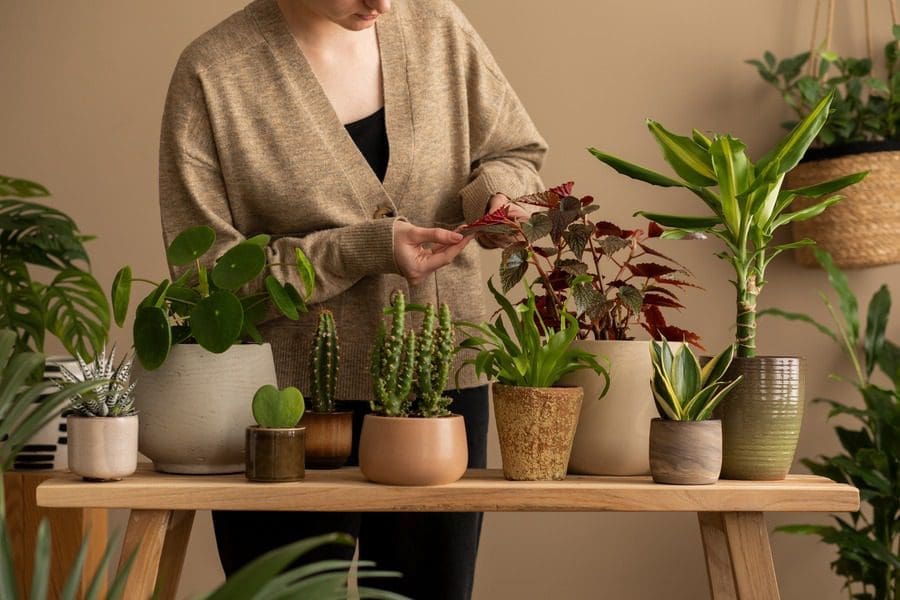Have you ever looked around your home and noticed all of the little “imperfections” you’ve embraced over time? Imperfections that make your home home? There’s a term for that in Japanese known as wabi-sabi, which is finding beauty in imperfections. The concept involves art, life, and personal feelings. Let’s discuss!
What Is Wabi-Sabi?
Wabi-sabi is best described as the appreciation of beauty that reflects the flow of life in the world. Think: cracked teapots, green moss, or chipped coffee mugs. When we break down the phrase, “wabi” refers to living with humility and simplicity, while “sabi” is the ability to accept the lifecycle of things as they are. Pretty romantic, huh? Wabi-sabi is the appreciation of things that become more beautiful as they age, fade, and acquire new charm.
How to Embrace Wabi Sabi
 (image via amazing architecture)
(image via amazing architecture)
You don’t need to be an expert on Japanese philosophy to adopt wabi-sabi principles, nor is there a right way to go about wabi-sabi in your home. Instead, focus on what you have, embrace peace, and fall in love with what surrounds you.
Incorporating Wabi-Sabi Into Your Home
Be Intentional With Decor
Gone are the days of filling your home with stuff just for fun. As you select pieces for your home, choose them because they reflect how you want to live.
Get Personal
As you treasure hunt, include personal touches that spark joy around you. Think: pottery made by a close friend or a colorful canvas painted by a family member.
Go Green Thumb
 (image via the joy of plants)
(image via the joy of plants)
Natural touches are always a win. Plants are comforting and often the definition of imperfect.
Whatever You Do, Make It Cozy
A home practicing the art of wabi-sabi should never feel stuffy. Make your space look lived-in by incorporating cozy pieces like blankets and pillows.
Imperfection Appreciation
Wabi-sabi isn’t about having a home packed with trendy pieces; it is about appreciating what you already have, like an old quilt that has been in your family for decades.
Get All of the Senses Involved
 (image via castro lighting)
(image via castro lighting)
Burn your favorite candles, play ambient sounds, add textiles with texture, and get hands-on by creating art for your home. Fully immerse yourself and your senses into your surroundings.






